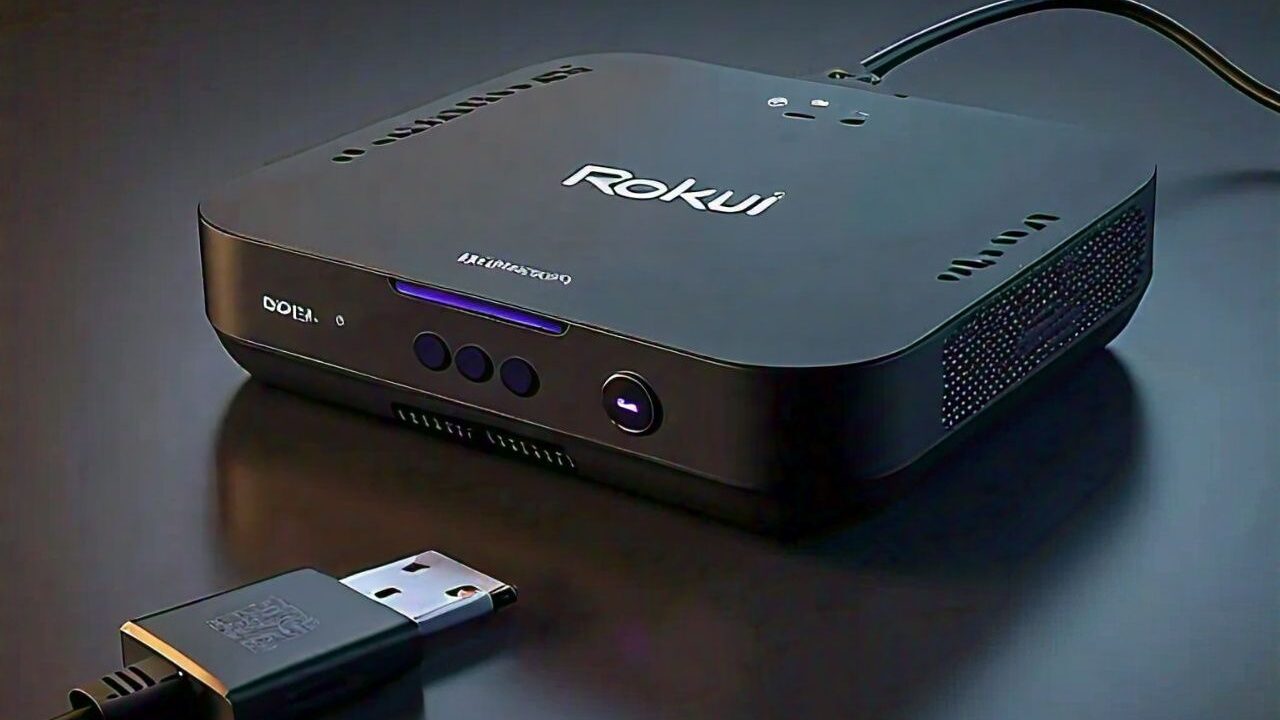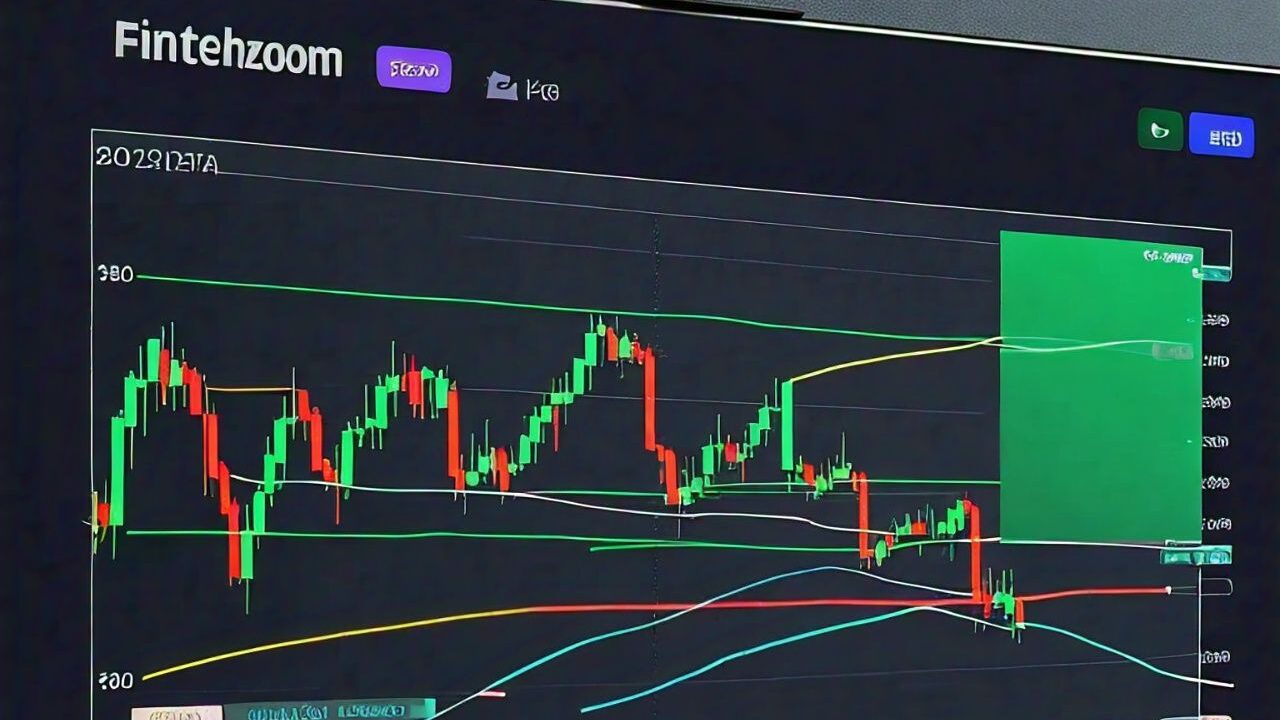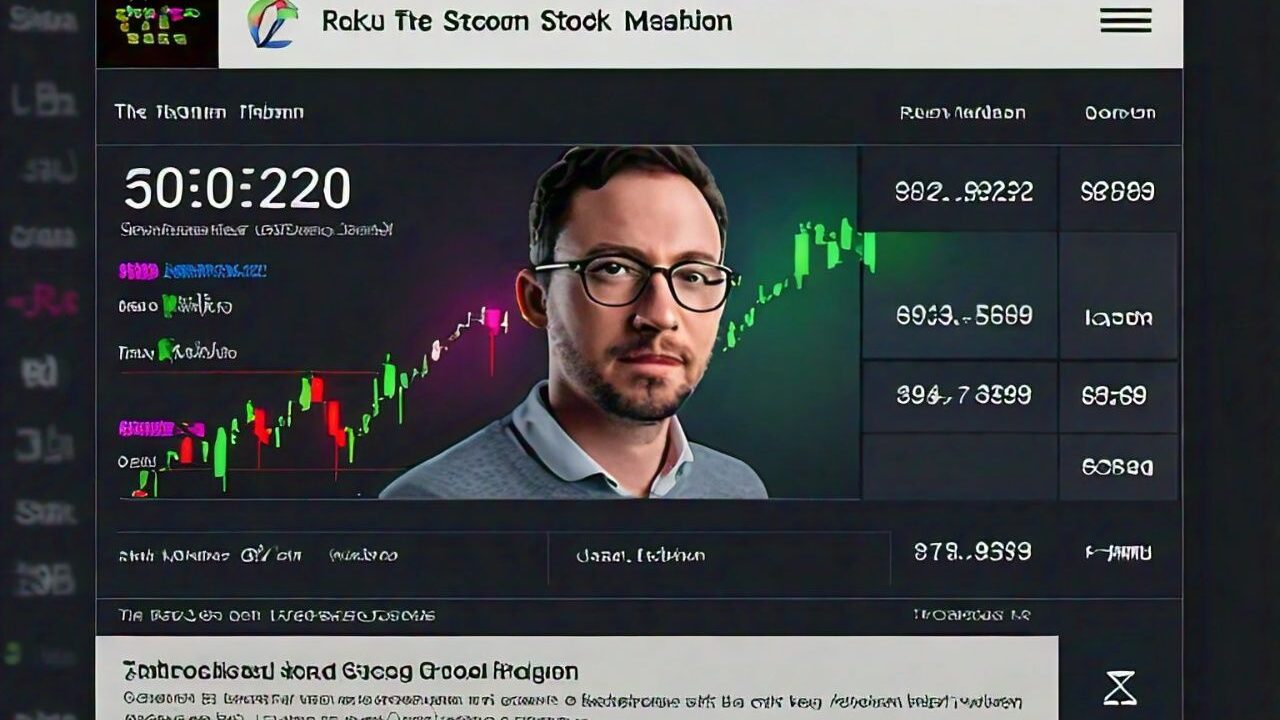Fintechzoom Roku Stock: As the streaming technology landscape continues to evolve, Roku has emerged as a significant player, capturing consumer attention with its innovative hardware and software solutions.
With traditional cable services waning and the demand for digital content surging, understanding FintechZoom Roku stock is essential for investors looking to navigate the tech market in 2024.
This article will delve into Roku’s business model, historical performance, and current market trends, and provide actionable insights for potential investors.
What is Roku?
Founded in 2002 by Anthony Wood, Roku began with a singular vision: to transform how consumers access digital media.
Initially launching a set-top box, Roku has evolved into a comprehensive ecosystem that includes various streaming devices, Roku TVs, and the Roku Channel.

This platform allows users to seamlessly access content from major streaming services, such as Netflix, Hulu, and Amazon Prime Video.
Roku’s operating system, Roku OS, has become a staple in the streaming industry. It is not only integrated into Roku’s hardware but also licensed to numerous television manufacturers, allowing them to incorporate Roku’s user-friendly interface into their smart TVs.
This strategy has significantly increased Roku’s market visibility, making it synonymous with streaming. Additionally, Roku has ventured into the advertising market, leveraging data from its extensive user base to offer targeted advertising solutions.
Key Points About Roku stock that you may want to know
| Key Point | Value |
|---|---|
| Market Capitalization | $12.3 billion |
| Enterprise Value | $11.8 billion |
| Price/Sales (P/S) Ratio | 3.27 |
| EV/Revenue Ratio | 3.14 |
| EV/EBITDA Ratio | 38.9 |
| Average Target Price | $74.50 |
| Potential Upside from Current Price | 25% |
18 analysts have given a “Buy” recommendation, 13 have given a “Hold” recommendation and 4 have given a “Sell” recommendation
The Evolution of Roku
Roku’s journey is marked by innovation and adaptation. After launching its first streaming device, the Roku DVP (Digital Video Player), in 2007, the company faced stiff competition from tech giants like Apple and Google.
Despite these challenges, Roku distinguished itself by continually refining its product offerings. The introduction of the first Roku TV in 2014 and the company’s public listing on NASDAQ in 2017 marked significant milestones in its growth.
By 2020, Roku had amassed over 51 million active accounts, streaming billions of hours of content each quarter. This growth underscores Roku’s pivotal role in the transition toward digital media consumption.
For investors interested in the future of streaming, Roku presents an intriguing opportunity.
Why Roku Stock Matters in 2024

The Streaming Market Shift
The shift from traditional cable services to online streaming platforms has gained unprecedented momentum in recent years. As consumers increasingly seek flexible viewing options and diverse content, Roku stands to benefit from this trend.
The proliferation of smart TVs and internet-connected devices further facilitates this shift, creating a fertile environment for Roku’s growth.
Expanding User Base and Market Share
With the streaming industry projected to continue its expansion in 2024, Roku is strategically positioned to capture a larger share of the market.
By continuously enhancing its platform to meet user demands and expanding its content offerings, Roku can attract more users and advertisers alike. This adaptability is crucial for maintaining its competitive edge in an increasingly crowded marketplace.
Recent Performance Highlights
Roku’s performance in recent years has been noteworthy. The company has reported significant increases in streaming hours and active accounts, indicating a growing user base and enhanced engagement.
In 2023, Roku launched several major updates and expanded its content library, which received positive feedback from both consumers and critics.
Key Metrics to Consider
- User Growth: Roku has consistently increased its active accounts, which directly correlates with its advertising revenue. More users mean more engagement and, consequently, higher revenue opportunities.
- Advertising Revenue: As businesses recognize the effectiveness of targeted advertising on Roku’s platform, advertising revenue has surged. This trend is likely to continue as more advertisers seek to reach Roku’s audience.
- Product Innovation: Roku’s commitment to innovation is evident in its regular product releases and updates. New features and devices are crucial for retaining existing users and attracting new ones.
Key Financial Metrics
Roku’s financial health can be assessed through various key metrics that reflect its growth trajectory:
Revenue Growth
Roku has seen substantial revenue growth, driven by hardware sales and its burgeoning advertising business. In 2023, the company reported impressive quarterly revenues, underscoring its robust operational performance.
Profit Margins
The company’s profit margins have improved as it continues to scale its operations. Effective cost management and operational efficiencies contribute to this positive trend, enabling Roku to reinvest in growth initiatives.
Average Revenue Per User (ARPU)
Roku’s increasing ARPU indicates that the company is effectively monetizing its user base. This metric reflects the effectiveness of Roku’s advertising strategies and content offerings, suggesting a strong financial future.
Cash Flow and Liquidity
Positive cash flow from operations provides Roku with the financial flexibility needed to fund future growth initiatives. This strong liquidity position enables the company to invest in new technologies and expand its market reach.
Market Sentiment and Investor Interest

Analyst Perspectives
Roku has garnered attention from market analysts, many of whom express optimism regarding its growth potential.
The company’s innovative product lineup, strong market presence, and increasing revenues are frequently highlighted as significant advantages.
Investor Confidence
Roku’s consistent performance and strategic initiatives have built confidence among investors. As the streaming market continues to grow, many view Roku as a key player poised for long-term success.
Potential Risks in 2024
While Roku presents a compelling investment opportunity, it is essential to consider potential risks that could impact its performance.
Market Competition
The streaming landscape is highly competitive, with major players like Amazon, Apple, and Google continuously enhancing their offerings.
This competition poses a threat to Roku’s market share and profitability. The company must remain vigilant and innovative to fend off rivals.
Regulatory Changes
Changes in regulations related to data privacy and content licensing could impact Roku’s operations. Stricter rules may lead to increased compliance costs and could affect Roku’s ability to gather and utilize user data for targeted advertising.
Technological Disruptions
The rapid pace of technological advancements means that Roku must continually invest in research and development. Failure to keep up with innovations could lead to obsolescence, as competitors introduce superior products and services.
Economic Factors
Broader economic conditions, such as inflation or recession, could impact consumer spending on entertainment services. A downturn may lead to reduced subscriptions and advertising spending, affecting Roku’s revenue streams.
Investment Strategies for Roku Stock
Short-Term vs. Long-Term Approaches
Investors must consider their strategies when approaching Roku stock. Short-term trading may yield quick profits during market fluctuations, while a long-term investment strategy may capitalize on Roku’s growth potential.
Short-Term Trading
For short-term investors, market volatility can present opportunities for quick gains. This approach requires active monitoring of stock performance and a keen understanding of market dynamics.
Long-Term Investment
A long-term investment strategy focuses on Roku’s growth trajectory. Given the expanding streaming market and Roku’s established position, long-term investors may benefit from compound growth and reduced transaction costs.
Diversification and Risk Management
Mitigating risks through diversification is crucial for any investment strategy. Investors should consider incorporating a variety of asset classes to balance their portfolios and reduce exposure to any single stock.
Diversification Strategies
- Sector Diversification: Invest in stocks across various sectors, such as technology, healthcare, and consumer goods, to reduce risk exposure.
- Fixed-Income Assets: Including bonds or other fixed-income instruments can provide stability and a consistent income stream, balancing the volatility of equity investments.
- Regular Portfolio Rebalancing: Adjusting the asset allocation periodically helps maintain the desired risk profile and prevents overexposure to any particular sector or stock.
Expert Opinions
Market analysts consistently highlight Roku’s potential for continued growth. Many emphasize the company’s strong financials, innovative technology, and strategic market position as key factors contributing to its favorable outlook.
Bullish Predictions
Analysts expect Roku to thrive in the expanding streaming market, driven by increasing consumer demand and effective monetization strategies. Their forecasts suggest that Roku is well-positioned to capture market share as traditional cable services decline.
FintechZoom Roku Stock Future Prediction

According to FintechZoom, Roku stock is anticipated to climb in 2024 due to favorable economic conditions, expanding market share, and a robust product pipeline.
The growing trend of cord-cutting is particularly advantageous for Roku, which can capitalize on this shift with its comprehensive streaming offerings.
Key Drivers of Growth
- User Engagement: Higher engagement levels among Roku users can lead to increased advertising revenue and subscription growth.
- Innovative Product Launches: Continuous innovation, including new devices and software updates, will help Roku attract and retain users.
- Market Expansion: As Roku continues to penetrate international markets, additional growth opportunities may arise, further boosting revenue.
Conclusion
Fintechzoom Roku Stock presents an intriguing investment opportunity for 2024, driven by its innovative product offerings, strong market presence, and favorable industry trends.
By analyzing the company’s historical performance, key financial metrics, and potential risks, investors can make informed decisions.
As the streaming market continues to grow, Roku is well-positioned to benefit from this trend. However, investors should remain cautious of market competition and regulatory changes that could impact performance.
Diversifying portfolios and employing sound investment strategies will be essential for managing risks.
For those looking to invest in the rapidly evolving streaming landscape, FintechZoom Roku stock is a promising choice. With its solid financial foundation, innovative capabilities, and strategic positioning, Roku is poised for long-term success.
As you consider your investment options for 2024, stay informed about industry developments and adopt a proactive approach to managing your portfolio.
FAQs: Fintechzoom Roku Stock
1. What is Roku?
Roku is a leading streaming platform that provides hardware and software solutions, enabling users to access various streaming services. Founded in 2002, it has become synonymous with digital entertainment.
2. Why is Roku stock important for investors in 2024?
As the streaming industry continues to grow, Roku’s stock represents an opportunity for investors to capitalize on the shift from traditional cable to digital streaming. Understanding its market position and performance can help make informed investment decisions.
3. How has Roku performed financially?
Roku has shown strong financial growth, with increased revenue from both hardware sales and advertising. Key metrics like user engagement and average revenue per user (ARPU) indicate a healthy business model.
4. What are the main risks associated with investing in Roku stock?
Potential risks include intense competition from tech giants like Amazon and Apple, regulatory changes, and technological disruptions. Investors should remain aware of these factors.
5. What investment strategies should I consider for Roku stock?
Both short-term and long-term investment strategies can be effective. Short-term investors might focus on market fluctuations, while long-term investors can benefit from Roku’s growth potential in the evolving streaming market.
6. How does FintechZoom predict Roku’s stock will perform?
FintechZoom forecasts continued growth for Roku, driven by its innovative products and the expanding demand for streaming services. The platform is well-positioned to take advantage of the cord-cutting trend.
7. What are some technological advancements Roku is making?
Roku continually innovates its platform with features like voice recognition and personalized content recommendations, enhancing the user experience and keeping it competitive.
8. How can I diversify my investment in Roku?
Investors can diversify by including stocks from different sectors, fixed-income products, or other streaming companies to mitigate risks associated with investing in a single stock.

